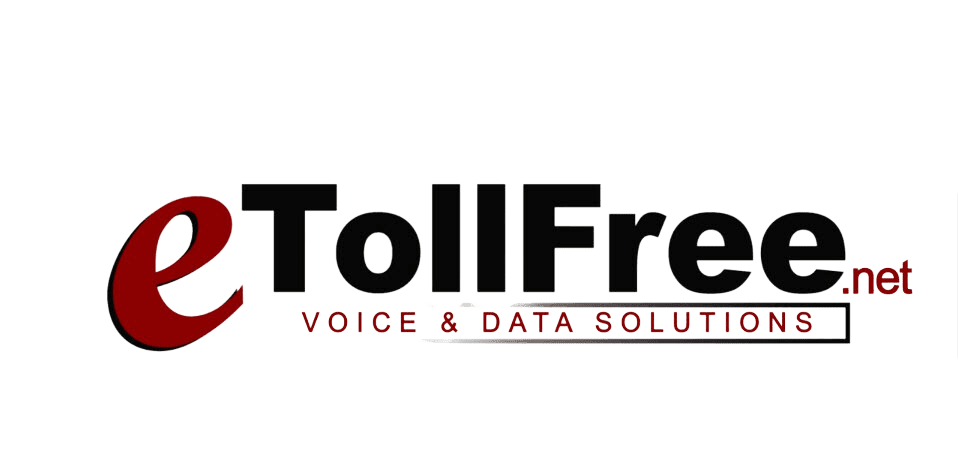Understanding the SAMOSA Act: What Entrepreneurs and Small Business Owners Need to Know
Imagine you’re running a business, and you find yourself knee-deep in expenses due to software and online services you don’t fully utilize. This is a widespread issue faced by many, including the government! That’s where the SAMOSA Act comes in—a new law passed by the House aimed at helping the government manage its software use more efficiently.
What Is the SAMOSA Act?
The SAMOSA Act is short for “Strengthening Agency Management and Oversight of Software Assets.” Think of it as a big plan to help the government organize and utilize its software resources better, just like sorting out a messy toy box at home. The act’s goal is to keep track of all the software, ensure cost-effectiveness, and maintain good management practices.
What Do Agencies Need to Do?
1. Create a Detailed Software List
Agencies need to compile an inventory of all the software they use—imagine making a list of every toy in your toy box, just to see what you actually have and use. They have to categorize this software by provider and type, ensuring they know what they’re dealing with.
2. Watch Out for Extra Costs
Just like checking for hidden costs when planning a playing session—like special batteries for toys—agencies must be aware of additional costs that come with software use, especially those related to cloud services. This ensures there are no surprises when it comes to budgeting.
3. Follow Usage Rules
Agencies need to understand and list any rules that come with their software, such as sharing limitations or data access restrictions. This is similar to knowing whether you can share your video game passwords with friends or if there are limits to how many can play at once.
Saving Money and Improving Usage
Just like using coupons or buying in bulk to save on your grocery shopping, the SAMOSA Act pushes agencies to be smarter about how they purchase software. By consolidating licenses and opting for enterprise agreements, they can cut down unnecessary costs and save big.
The government spends over $100 billion annually on IT and cybersecurity, with potential wastage due to unused software or redundant purchases. By implementing the SAMOSA Act, the government aims to be more frugal, potentially saving taxpayers up to $5 billion a year—equivalent to buying billions of ice cream cones!
Read Congressional Record for more insights.
Why This Is Important for Entrepreneurs
For entrepreneurs and small business owners, the SAMOSA Act can serve as a reminder of the importance of efficient resource management. Consider adopting similar practices within your businesses. Regular software audits and cost reviews can lead to substantial savings and increased operational efficiency.
Moreover, understanding licensing agreements and any associated costs can prevent overspending and ensure you’re getting the most out of your purchased services. By doing this, businesses can allocate more resources toward growth opportunities rather than unnecessary expenses.
Other countries face similar challenges, indicating a global issue of software management inefficiency. The efforts to mitigate this can inspire businesses worldwide to implement smarter resource strategies.
Conclusion: Revisiting Resource Management
To sum up, the SAMOSA Act presents an essential shift toward enhanced productivity and cost-saving by managing how the government uses its software licenses. Entrepreneurs and small business owners can learn from this by adopting similar strategies in their operations. Embrace these practices to make the most of your business investments, just like the government now aims to do with its “toy box” of software assets.
For further reading on managing enterprise software and cloud services effectively, consider consulting resources like Flexera’s IT Asset Management Report.



